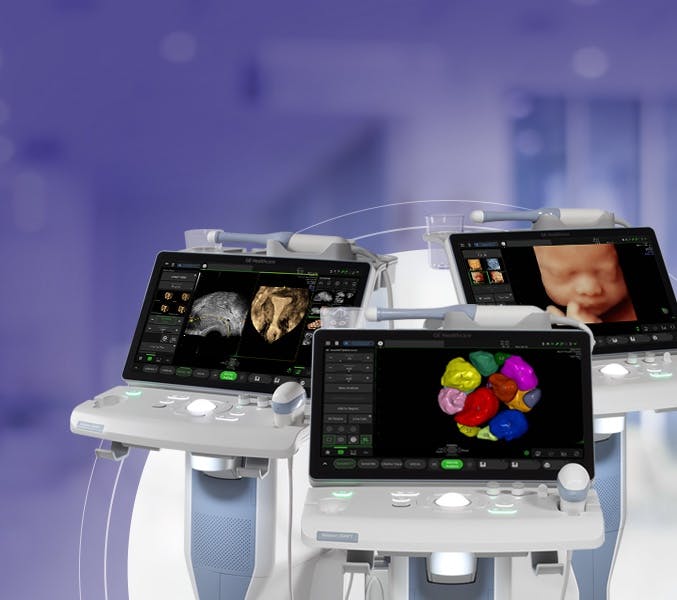The developing fetus has long experienced a lack of prenatal surgery options in utero. The standard treatment for most fetal abnormalities has been limited to the time after birth, but with the dramatic improvement of prenatal ultrasound, there is now a much better understanding of the pathophysiology and fetal surgeries available.
Here are some of the most common fetal interventions and surgeries performed today.
Spina Bifida Repair
The most serious type of spina bifida, the myelomeningocele, occurs when both the meninges and spinal cord protrude through a defect in the vertebra of the lower spine. The precise cause of this condition is unknown, but studies suggest that the spinal cord itself is relatively normal and becomes damaged with exposure to amniotic fluid and surrounding structures. Studies published in Translational Medicine have revealed that when a spina bifida lesion is repaired in utero during gestation, there are significantly fewer symptoms and greater improvement in the mobility and neurodevelopment of the infant.
Initially, this surgical repair was an open prenatal surgery, where the dura, myofascial flaps and skin of the defect were closed. Later surgical techniques evolved into fetoscopic repair, which is less invasive. A fetoscope is a small, flexible instrument that requires only a very small incision through the pregnant patient's abdomen and is continuously monitored by real-time ultrasound. This surgical technique reduces the incidence of post-operative labor and other negative outcomes.
Mass Removal
Multiple kinds of masses can develop on the fetus; however, only a limited number will require the urgent treatment of in-utero fetal surgeries. An example here would be if a mass were found to be developing in the area of the heart, which can cause lethal damage as it grows. In 2016, the first successful prenatal heart surgery was done to remove an intrapericardial teratoma from a 24-week fetus in utero, and the results were published in the American Journal of Obstetrics and Gynecology.
Prenatal surgery can also be used to perform debulking of benign masses affecting a fetus, which reduces the size and volume of the lesion. This is typically done via open fetal surgery where an incision similar to a cesarean section is made, the uterus is drawn partly out, and a second incision is made through the uterus just where the fetus requires surgical intervention. After the procedure, the incisions are sewn up, and the fetus can continue to grow and develop safely within the uterus.
Lung Malformation Intervention
Congenital fetal lung malformations are caused by a variety of different lesions, all of which are unpredictable and require serial follow-up ultrasounds. Large lesions cause a mass effect in the fetal chest with lung compression and cardiomediastinal shift and, in the most severe situations, can lead to fetal hydrops and death. In these situations, the fetus requires prenatal intervention, typically utilizing open fetal resection. This can improve survival rates to 50 percent, says Translational Medicine, with complete resolution of hydrops.
Congenital diaphragmatic hernia (CDH) is the herniation of abdominal contents into the chest, which can cause impaired lung development. Although mild and moderate CDH are successfully treated post-natally with a 90 percent survival rate, there is a subgroup of severe CDH with a less than 25 percent survival rate.
Those same studies in Translational Medicine are finding that ultrasound-assisted fetoscopic endoluminal tracheal occlusion can increase survival rates from 24 percent to 49 percent. The fetoscope positions a removable balloon within the fetal trachea that prevents the movement of lung fluid out of the lungs. This increased lung fluid stimulates the growth and development of the lungs, which has been shown to increase fetal survival rates. The balloon is then decompressed and removed at 34 weeks gestation before delivery.
Improving Treatment With Ultrasound
Multiple fetal abnormalities are treatable in utero, thereby reducing or eliminating negative outcomes after birth. Ultrasound assists in these surgical and fetal interventions by providing detailed information for the clinician with 2D images, 3D and 4D technology, endovaginal ultrasound, and doppler.
Ultrasound is low-cost, widely available and capable of multiplanar, real-time and reconstructed images. Diagnostic information from ultrasound has been applied to structural abnormalities, lung malformations, heart defects and even markers of fetal distress or imminent demise, allowing physicians to quickly and effectively treat common fetal anomalies — surgically or otherwise — prior to birth rather than only after delivery.





